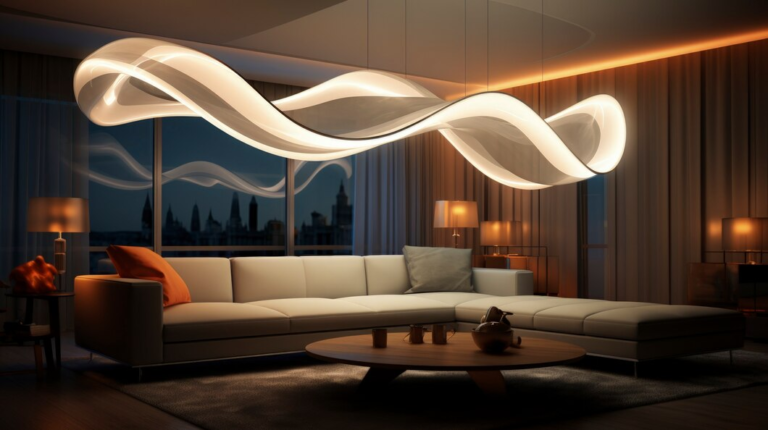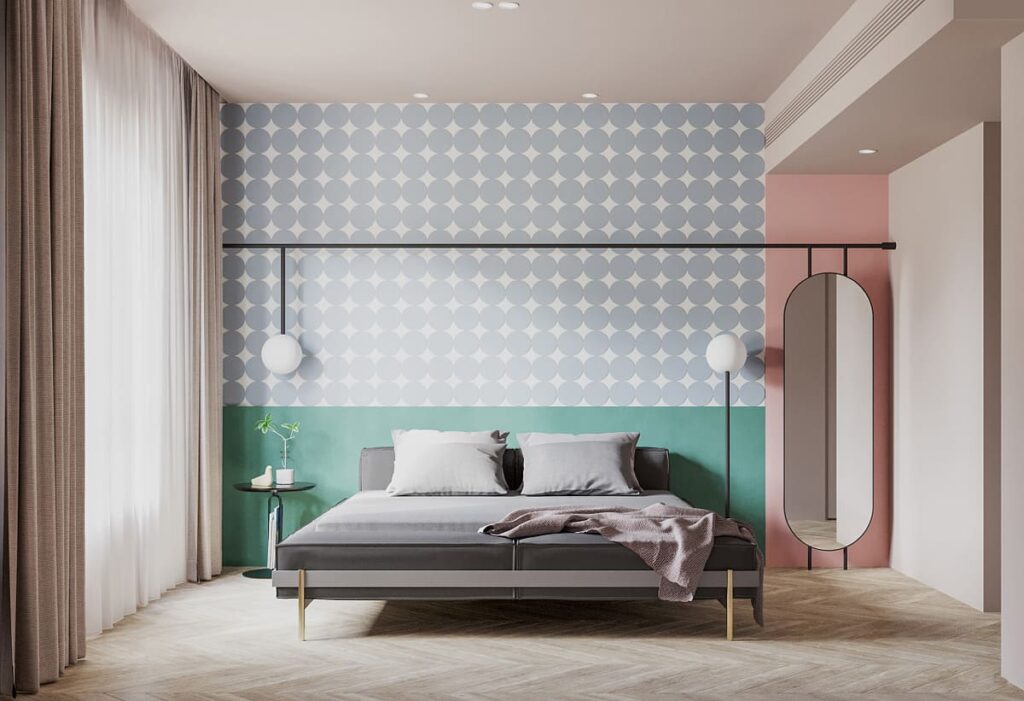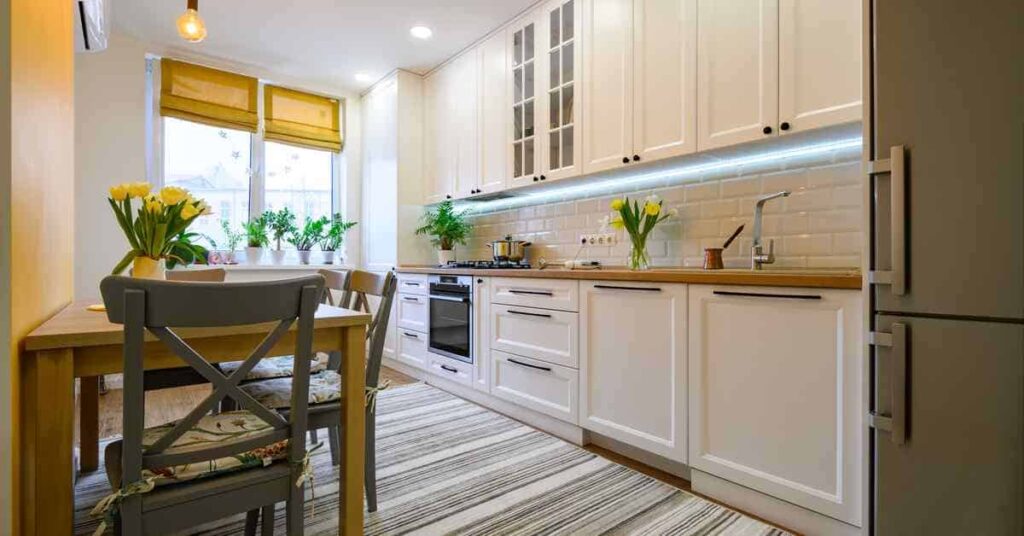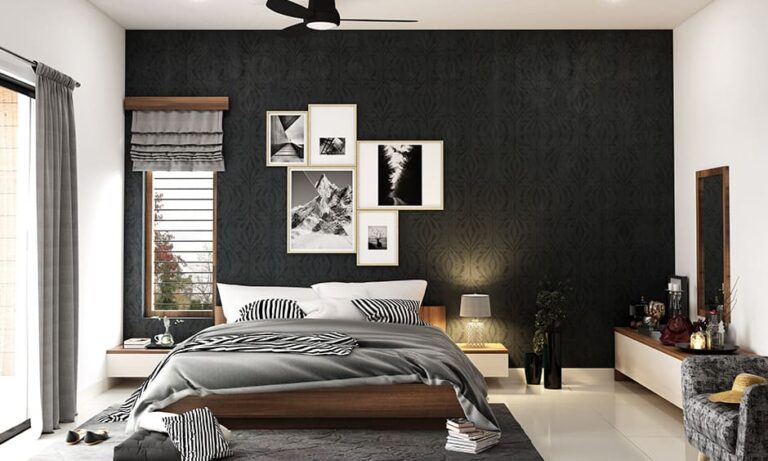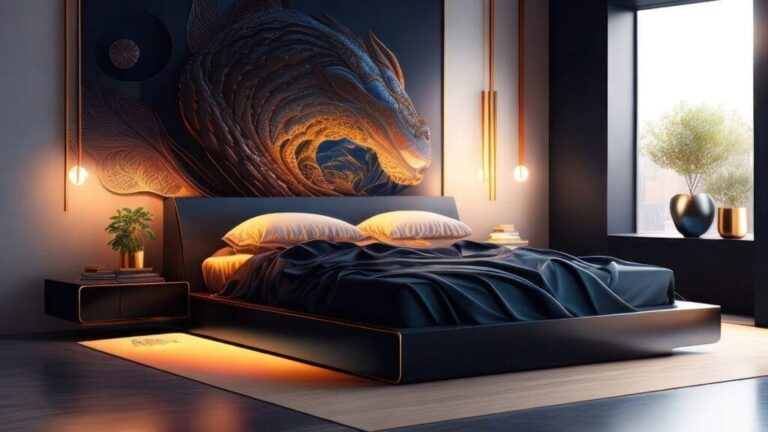Choosing the right ceiling design for various rooms in your home can dramatically enhance the aesthetic appeal and functionality of your space. Whether you’re renovating or building from scratch, the ceiling is not just a mere cover over your head; it plays a crucial role in the interior design and ambiance of a room. Here’s a comprehensive guide to help you select the ideal ceiling design tailored to the specific functions of different rooms.
1. Living Room: A Reflection of Your Style
The living room is often where you entertain guests, relax with family, and enjoy media. Therefore, the ceiling design in this space should both impress and provide comfort. A coffered ceiling can add a touch of elegance and architectural depth to your living room, creating a strong visual interest. If you prefer a modern and sleek look, consider a tray ceiling with hidden LED lighting to add a warm and inviting glow to the room.
2. Kitchen: Combining Functionality with Style
In the kitchen, practicality and style go hand in hand. A recessed ceiling can make the kitchen feel larger and brighter, an essential factor in a space where you spend a lot of time preparing meals and gathering for informal dining. For a more rustic or traditional kitchen, exposed beams can enhance the warmth and character of the space, making it feel homely and welcoming.
3. Bedroom: Comfort and Calm
The bedroom is your personal retreat for relaxation and rest, so the ceiling design should promote tranquility and comfort. A simple, flat ceiling with soft, indirect lighting can create a serene atmosphere. For a more luxurious touch, a vaulted ceiling can make the room feel more spacious and airy, enhancing the quiet and peaceful ambiance essential for a good night’s sleep.
4. Bathroom: Enhancing the Sense of Space
Bathroom ceilings need to be functional due to the high humidity and moisture levels typically present. Opt for a moisture-resistant material like PVC or fiberglass for the ceiling to prevent mold growth and warping. A vaulted or high ceiling can help ventilate the space better and add an illusion of grandeur to even a small bathroom.
5. Home Office: Minimalism and Efficiency
In a home office, the ceiling should not distract from the work at hand. A minimalist design with recessed lighting provides sufficient illumination without causing glare on computer screens. Acoustic ceiling tiles can also be a practical addition, as they help reduce noise, making it easier to concentrate and communicate during virtual meetings.
6. Dining Room: Setting the Right Tone
The dining room is a place for gatherings and meals, so your ceiling design can play a pivotal role in setting the right mood. A chandelier with an ornate medallion can serve as a striking centerpiece. Alternatively, for a more contemporary look, geometric patterns or moldings can add a sophisticated touch without overwhelming the senses.
7. Children’s Room: Safety and Playfulness
In children’s rooms, safety and fun should guide your choice of ceiling design. Bright colors and patterns that spark creativity are ideal. Opt for durable, non-toxic materials that are easy to clean and maintain. Incorporating playful elements like glow-in-the-dark stars can make the ceiling more engaging and enjoyable for children.
8. Basement and Entertainment Areas: Innovative and Versatile
Basements or entertainment areas benefit from versatile ceiling designs that can accommodate different activities. Suspended or drop ceilings allow easy access to plumbing and electrical systems, which is ideal for such multifunctional spaces. Adding acoustic panels can also improve sound quality for a home theater setup.
Choosing the right ceiling design requires considering both the function and the aesthetic of the room. With these tips, you can make informed decisions that enhance both the utility and the beauty of each space in your home.




